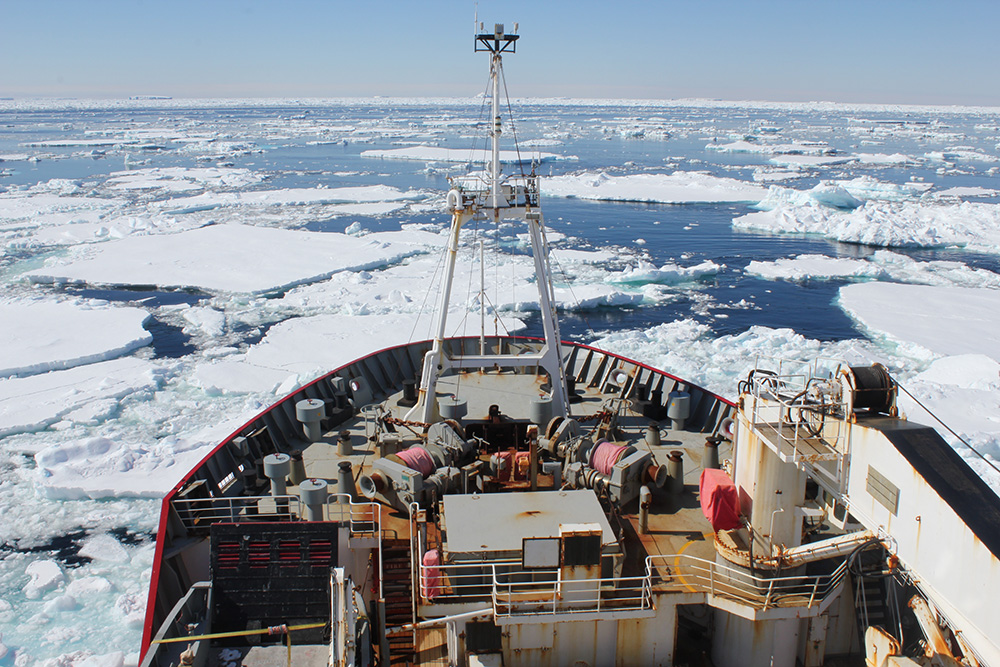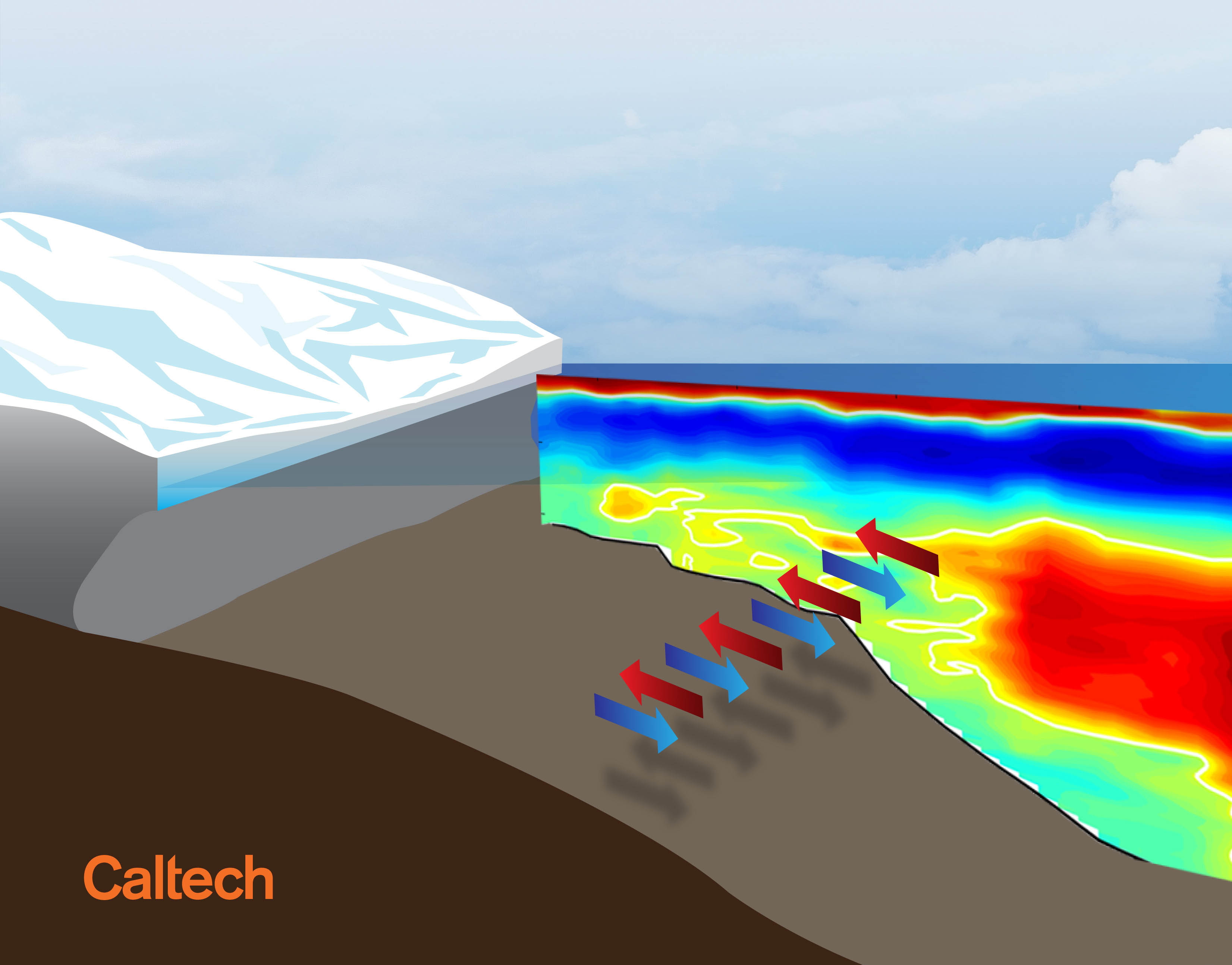Robot Gliders See How Antarctic Ice Melts From Below

Scientists suspect Antarctica's shrinking glaciers are melting from the bottom up, and a fleet of robot ocean gliders may help explain why.
Beneath the icy Weddell Sea in West Antarctica, the gliders discovered turbulent warm currents near ice shelves, the huge floating platforms where continental glaciers extend icy tongues into the sea. The swirling eddies carry pulses of warm water to the shallow depths underneath the ice, scientists report today (Nov. 10) in the journal Nature Geoscience.
"What we're looking at is delivery of heat right up to the ice shelf, where the ocean touches up against the ice," said lead study author Andrew Thompson, a physical oceanographer at Caltech. "It's almost like a blob of warm water, a little ocean storm." [Album: Stunning Photos of Antarctic Ice]
Previous work already pointed to warm water — rather than hotter air temperatures — as the reason for Antarctica's retreating ice shelves. (The disappearing ice is part of the continental ice sheet, not the sea ice that freezes and melts each year.) But to confirm these suspicions, the researchers needed to get under the ice to see how the process works.
In 2012, Thompson and colleagues from the University of East Anglia, in the United Kingdom, used remotely operated gliders to probe the ocean conditions near ice shelves in the Weddell Sea. The gliders rise and sink without propellers, relying instead on a battery-driven pump that changes their buoyancy via a fluid-filled bladder. Every few hours, the six-foot-long (1.8 meters) glider surfaces and uploads its data via a satellite phone network. The gliders collected temperature and salinity data for two months, exploring the upper 0.6 miles (1 kilometer) of the ocean.
When the gliders hit an eddy, the sleek yellow robots were often caught up in the powerful vortices. "You could almost know by where it came up that it had hit this anomalous region," Thompson told Live Science. "The glider would go down and end up in a quite different place."

The findings are the first to explain how warm water rises from deeper levels to reach the floating ice shelves. The results suggest the stormlike currents bring up pulses of warm water, which flow under the ice at irregular intervals. Now, researchers need to find out what happens when this heat reaches the grounding line, the spot where glaciers transfer their weight from the continent to the ocean. This is where most of the melting takes place, Thompson said.
Sign up for the Live Science daily newsletter now
Get the world’s most fascinating discoveries delivered straight to your inbox.
"What we're seeing from the gliders is that it's not a steady circulation in and out," Thompson said. "This is really the first step of understanding of what heat goes in, and how efficient that heat is in melting the ice shelves."
Alternating layers of cold and warm water surround Antarctica, and it only takes a few degrees of difference to dissolve a glacier. The warmer water is typically in the middle layer of the ocean. It arrives from the north, delivered on a giant current called the global conveyor belt. Colder water lies on the surface, often formed when cold wind blows over the ocean and sea ice freezes up. Dense, cold water is also on the ocean bottom.
Follow Becky Oskin @beckyoskin. Follow LiveScience @livescience, Facebook & Google+. Originally published on Live Science.











